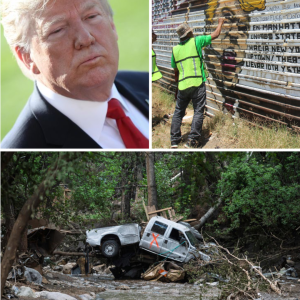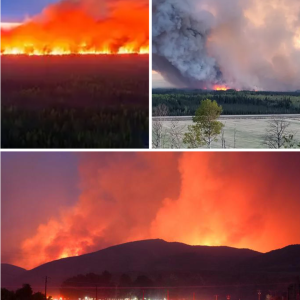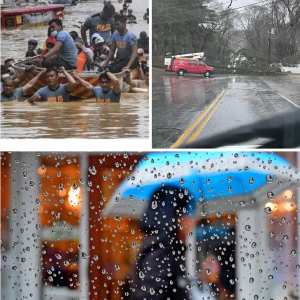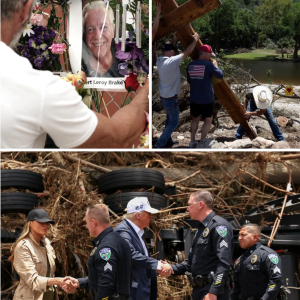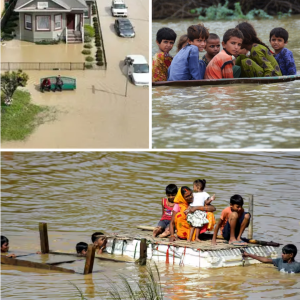“We couldn’t run fast enough”: Flash floods turn Texas into a dead zone
Austin, Texas – In just 12 hours, torrential rains turned the parched lands of central Texas into a sea of red mud, sweeping away trucks, livestock and even people fleeing for their lives.
More than 30 inches of rain fell in less than half a day, causing one of the fastest flash floods ever recorded in the state’s history.
“We couldn’t run fast enough. The water came in three minutes,” said Carlos Medina, a resident near Lake Travis, as he stood on the still-soaked concrete of what used to be his home.
“I had just picked up my 5-year-old daughter when the wall collapsed. If I had been a few seconds later, we both would have died.”
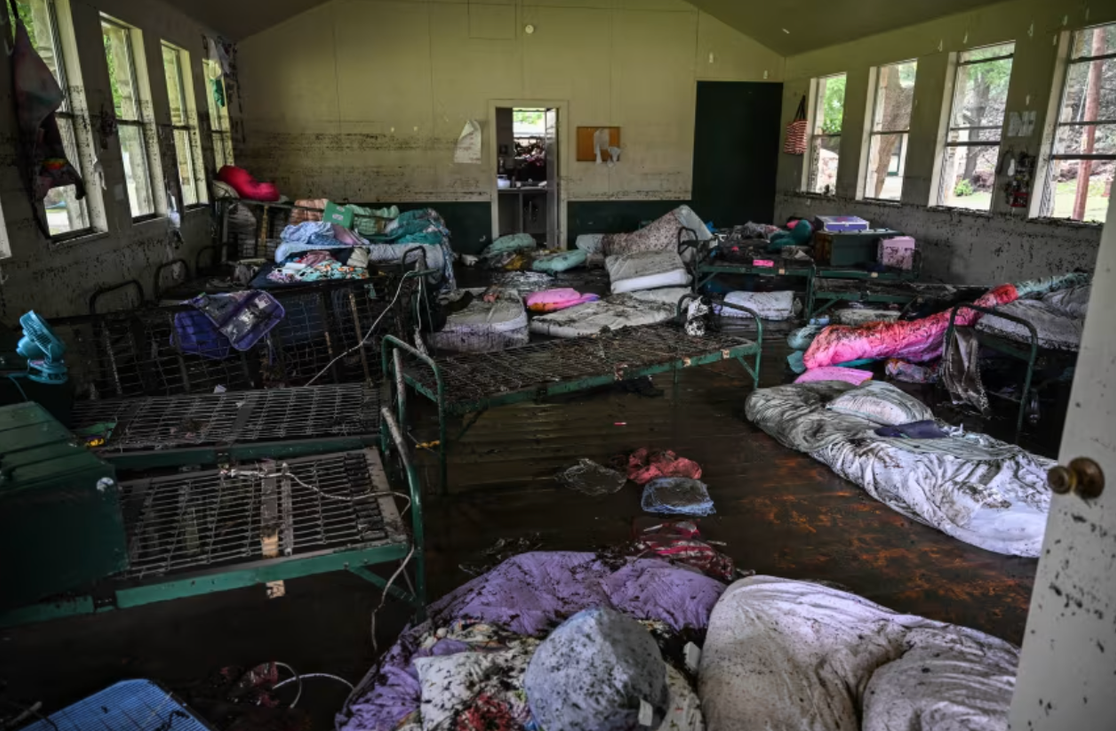
Interstate 35 was completely cut off. Parts of the road were submerged under up to 6 feet of water, shutting down traffic and leaving tens of thousands of people stranded. Texas Governor Greg Abbott declared a state of emergency in 17 counties and activated the National Guard to help with rescue efforts. But in the early hours, things were almost out of control.
Flash floods swept through towns like Llano, Bastrop, and Wimberley, causing at least 12 bridges to collapse, including the 100-year-old iron bridge in Kingsland, a historic landmark that was washed away in front of live television cameras. Videos of people being swept away by floodwaters went viral on social media, sparking public outrage over the failure of the disaster warning system to work in time.
A leaked internal report from the Texas Emergency Management Agency found that early warning monitors in the western mountains had been damaged since June and had not been replaced due to budget cuts. Meanwhile, the Department of Energy confirmed that at least one gas-fired power plant near San Marcos had been shut down completely because of flooding in its engine room.
This extreme weather in Texas is not an isolated event. According to experts from NOAA, changes in atmospheric flow are causing unusual and more extreme rainfall events than climate models predict. “Texas is suffering the consequences of decades of poor urban planning, river protection, and investment in meteorological infrastructure,” said meteorologist Elena Rogers.
The question is: after the cries, after hundreds of flattened roofs and thousands of homeless people – will anyone be held accountable?
